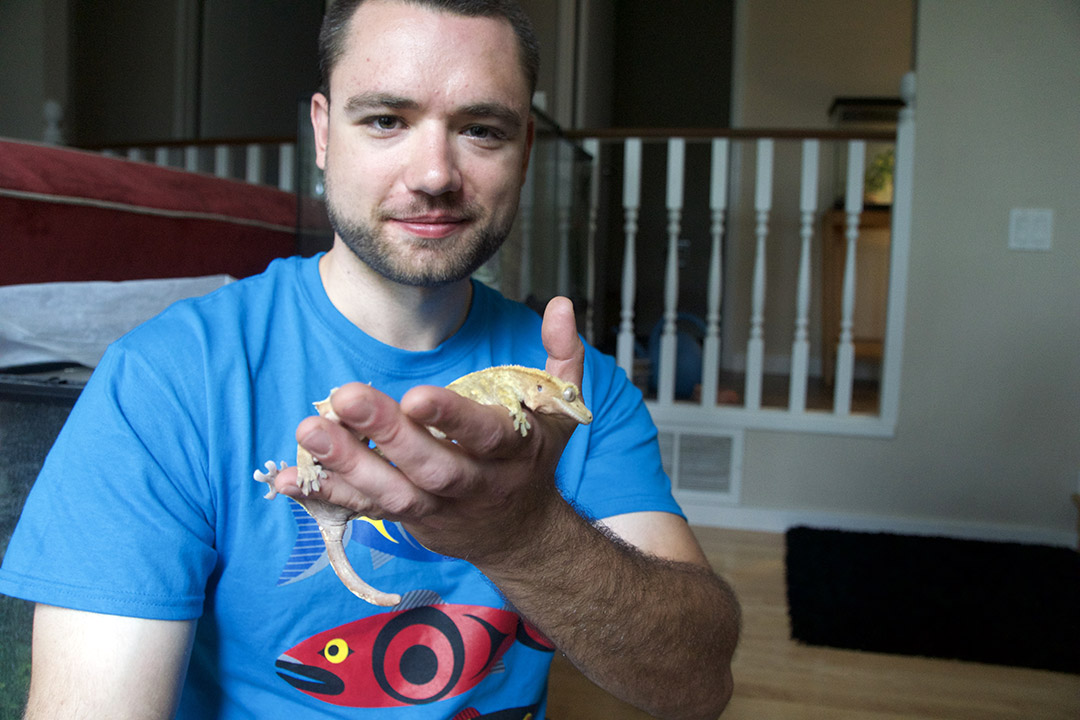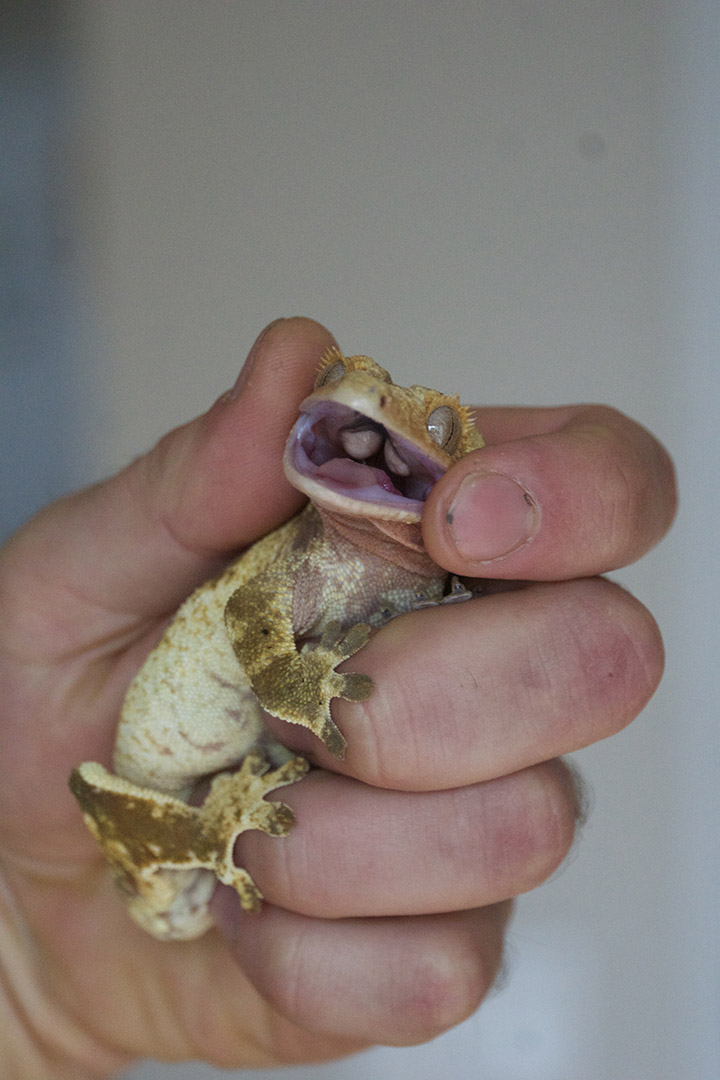
Understanding metabolic bone disease in reptiles
Today’s pet market offers more species of reptiles than ever before. But all too often, these popular pets are falling ill with completely preventable diseases such as metabolic bone disease (MBD) – a condition that often goes unnoticed until it’s too late.
By Gwen Roy
For owners, what’s challenging is that the disease’s clinical signs can look very different from one reptile species to another, and these signs can be subtle.
“The first thing that I notice is a crooked tail, or weakness or tremors,” says John Makaryshyn, a reptile hobbyist and breeder. “You pick them up [and they’re] just shaky when moving around.”
He adds that he often hears owners describe their pet’s condition as “lethargic” or “wasting away.”
MBD occurs when there’s an improper balance of vitamins, minerals, and nutrients making up the reptile’s bones. Key factors are too much phosphorous, and low calcium and low vitamin D3 which regulate calcium absorption.
“If there’s not enough calcium in the bones, the bones are not as strong as they should be … sometimes the muscles can actually be stronger than the bones — depending on how much calcium is missing,” says Dr. Miranda Sadar, a former faculty member at the Western College of Veterinary Medicine (WCVM).
The board-certified specialist is now an assistant professor at Colorado State University’s Avian, Exotic, and Zoological Medicine Service.
“Of course with weak bones, they are more prone to getting fractures so a classic presentation of metabolic bone disease is going to be fractures.”
Sadar finds that juvenile reptiles are the most likely suspects for MBD, and sometimes, it takes owners a long time – two to three months after purchasing their pets – to visit a veterinarian.
“[That’s] often when we will start having animals come in for any kind of problem – [it] could be metabolic bone disease, it could be just straight anorexia,” says Sadar. “But those clinical signs may have been going on longer.”
Makyryshyn rarely has issues with MBD but finds breeding females the most challenging to prevent the disease since their eggs contain a lot of calcium. He notices the most problems with MBD during the spring when females begin laying their eggs.
In many reptile species, vitamin D3 is produced by the skin after sunlight exposure, which is replicated in captivity with ultraviolet (UVB) lighting. As well, some reptile species such as ball pythons can get adequate vitamin D3 from their diet.
Makaryshyn is frustrated by the lack of scientific information available for reptile owners and breeders – especially about topics such as UVB lighting.
“[For] some reptiles it’s debatable whether they need UV [light] or not. It would be nice to have some scientific data or even a vet who actually has experience with this [topic],” says Makaryshyn, who has owned over 20 different reptile species.
While care of reptiles and other zoological companion animals (exotics) is well established in Doctor of Veterinary Medicine (DVM) programs at veterinary colleges like the WCVM, Sadar agrees that the lack of scientific data in the area is challenging for owners. As an exotic animal veterinarian, she prefers owners to err on the side of caution and provide UVB lighting for their reptile pets. UVB bulbs also degrade over time, so timely bulb replacement is important.
“Once they started to actually do emission studies … we’re realizing that six months [between bulb replacement] may even be stretching it. Some people may go as short as four months, so we say every four to six months,” says Sadar. “We typically tell people that it [UVB] doesn’t penetrate glass and plastic so don’t put those between the light and the reptile.”
If a lack of UVB lighting isn’t the problem, insufficient calcium in a reptile pet’s diet is another common cause of MBD. Many feeder insects, such as crickets, are high in phosphorous and low in calcium. To compensate, Makaryshyn dusts his reptiles’ meals – crickets and fruit flies – with calcium and vitamin D3 if certain pets don’t have access to UV lighting.
According to Sadar, reptile owners can run into problems if they feed too many live crickets at once. This allows the insects enough time to groom the calcium dust off before being eaten.
However, Sadar warns that it’s possible for reptile owners “to overdo it” with vitamin D3 supplements, which could potentially damage the reptile’s kidneys.
“The worst-case scenario is if you have a reptile that can absorb vitamin D from the sun and can also absorb vitamin D from the diet,” says Sadar. She adds that doubling up on vitamin D supplementation could potentially cause toxicosis in the pet.
Sadar notes that the success rate for treatment of MBD varies widely from species to species.
“Probably the easiest success cases are tortoises because they’re in a shell,” she says. “You do a squish test on the little tortoises, where you put pressure on the top and bottom of the shell, and they should get less squishy over time. Overall I’ve had fairly good success with them. Reptiles are amazing healers — it just takes them a little while to get there.”
But not every case of MBD has a happy outcome, and in most cases, recovery rate depends on early detection.
“The ones where we haven’t had success is when they have some kind of nerve damage, typically,” says Sadar, who strongly recommends regular wellness exams for reptiles. “If I could get every reptile [owner] to do that, it would be huge.”
Makaryshyn’s advice for reptile owners is to “just get as much information you can and make the best decision you can.”
Dr. Gwen Roy, who received her Doctor of Veterinary Medicine (DVM) degree in 2018, is a graduate student in the college’s Department of Veterinary Pathology.
